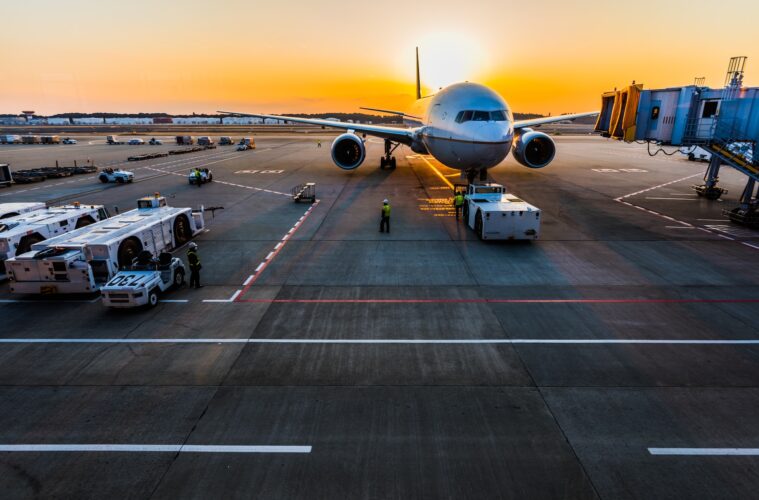Flying has become an integral part of modern life, connecting people across the globe and making the world a smaller, more accessible place. Whether you’re a seasoned traveller or a first-time flyer, choosing the right time to take to the skies can significantly impact your travel experience. From avoiding crowded airports to securing budget-friendly fares, the best time to fly is a crucial consideration for any traveller. In this article, we delve into the factors that influence the best time to fly and offer valuable insights to help you plan your next air journey.
The Best Time to Fly
1. Time of Day Matters:
The time of day you choose to fly can greatly affect your overall travel experience. Early morning and late-night flights tend to be less crowded, providing a more relaxed atmosphere at airports and minimising the stress of long lines and congestion. Moreover, these off-peak hours often come with the added advantage of reduced air traffic, potentially resulting in shorter flight times.
Conversely, mid-morning to early afternoon flights are typically more crowded, as many travellers prefer to fly during these hours for convenience. Choosing less popular departure times can enhance your travel comfort and make the journey more enjoyable.
2. Day of the Week Considerations:
The day of the week you choose to fly can impact both ticket prices and the overall travel experience. Generally, mid-week flights (Tuesday and Wednesday) tend to be less expensive than those on Fridays, Sundays, and Mondays. This is because business travellers often prefer to depart and return on these peak travel days.
For leisure travellers looking to save on airfare and avoid crowded airports, mid-week flights can be an ideal choice. Airlines often offer discounted fares on these days to attract more passengers during less busy travel periods.
3. Seasonal Variations:
The season in which you plan to fly can also influence your experience. Peak travel seasons, such as holidays and school breaks, often result in higher demand for flights and subsequently higher ticket prices. If possible, consider flying during the shoulder seasons—periods between peak and off-peak times—when demand is lower, and prices are more competitive.
Additionally, weather conditions can affect flight schedules and passenger comfort. While winter storms and hurricanes may disrupt travel plans, flying during milder seasons can reduce the likelihood of weather-related delays and turbulence.
4. Booking in Advance:
Securing your flight well in advance can be a key strategy for getting the best deals on airfare. Airlines often release their cheapest seats early, and prices tend to rise as the departure date approaches. Booking several months ahead can not only save you money but also give you a broader range of options for selecting the most convenient departure times.
However, last-minute travellers need not despair. Some airlines offer discounted seats as departure dates approach, especially if they have unsold inventory. Flexibility with travel dates and times can be an advantage when seeking these last-minute deals.
5. Red-Eye Flights:
For those seeking to maximise their time at a destination or avoid using an entire day for travel, red-eye flights—overnight flights departing late in the evening and arriving early in the morning—can be an appealing option. These flights are often less crowded, allowing for a quieter and more relaxed journey.
Red-eye flights are particularly popular for cross-country or international travel, as they enable passengers to sleep on the plane and adjust to the new time zone more seamlessly. However, it’s crucial to consider your own comfort with overnight travel and potential disruptions to your sleep schedule.
The Best Time to Fly Conclusion:
Choosing the best time to fly involves a careful balance of factors, including the time of day, day of the week, season, and how far in advance you book. By considering these variables, you can tailor your travel plans to meet your preferences, whether you prioritise budget-friendly options, less crowded airports, or a seamless journey. Ultimately, the best time to fly is a personal decision influenced by your individual needs and priorities as a traveller.



